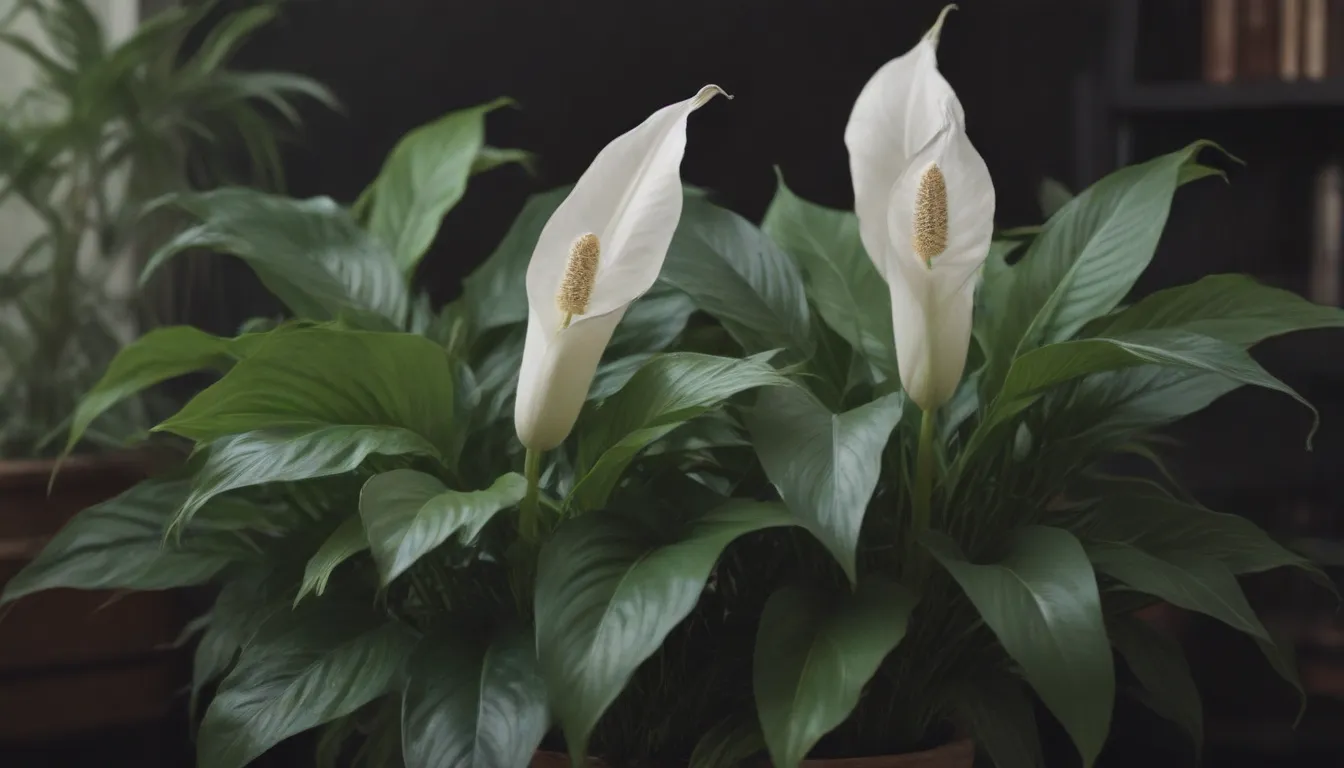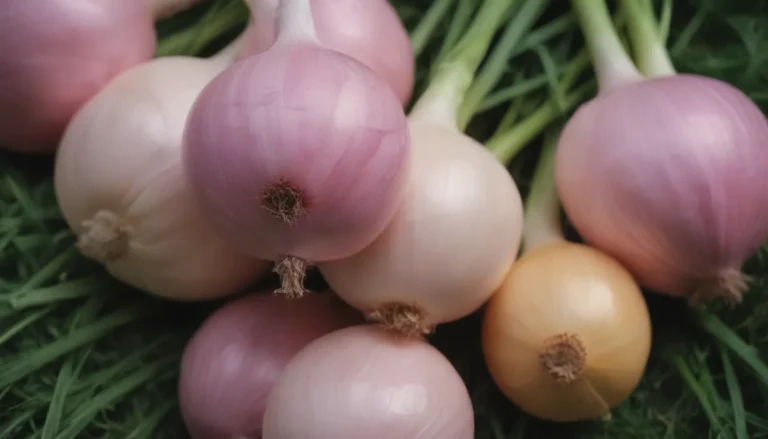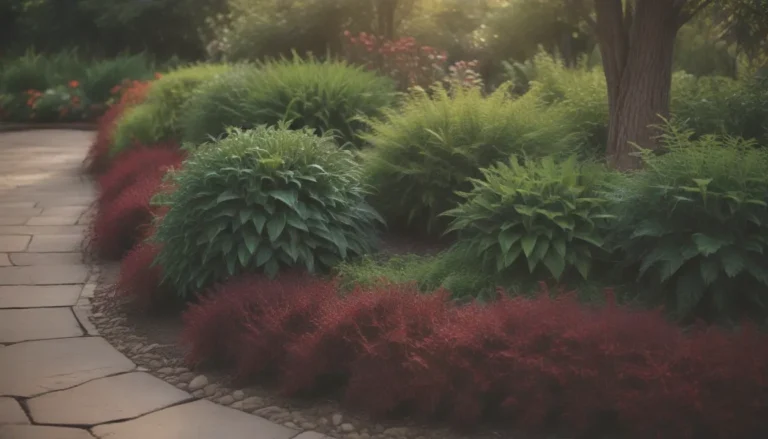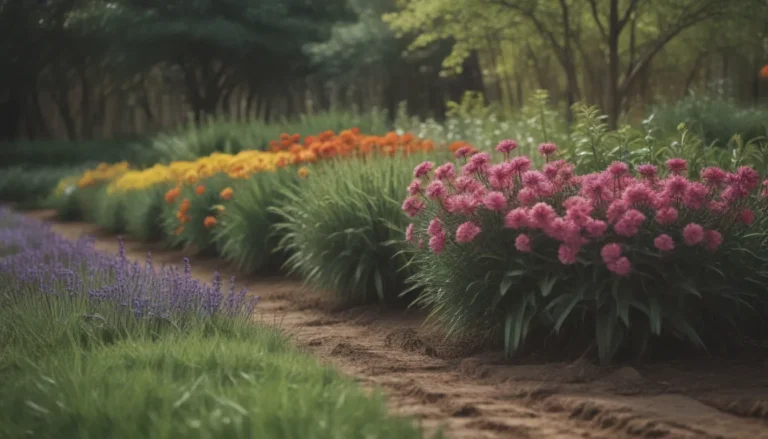The Ultimate Guide on Growing and Caring for Peace Lily Plants

Have you ever wanted to add a touch of tropical elegance to your home with beautiful, glossy leaves and delicate flowers? Look no further than the peace lily plant! The peace lily, known scientifically as Spathiphyllum, is a popular choice for indoor houseplants due to its stunning appearance and relatively low maintenance requirements. In this comprehensive guide, we will explore everything you need to know about growing and caring for peace lily plants to ensure they thrive in your home.
Introduction to Peace Lily Plants
The peace lily is a flowering tropical plant that belongs to the Spathiphyllum genus. While it thrives in tropical and subtropical climates, many people opt to grow peace lilies indoors for their striking foliage and occasional blooms. These plants are characterized by large, glossy, oval leaves and elegant white flowers that can brighten up any space.
Types of Peace Lilies
Peace lilies come in various types and hybrids, each with its unique characteristics. From miniature varieties to massive specimens, here are some popular types of peace lilies:
- Spathiphyllum ‘Power Petite’
- Spathiphyllum ‘Mauna Loa Supreme’
- Spathiphyllum ‘Sensation’
- Spathiphyllum ‘Mojo’
- Spathiphyllum ‘Golden Delicious’
- Spathiphyllum ‘Starlight’
Peace Lily Care Tips
Taking care of a peace lily plant is relatively straightforward, making it an excellent choice for beginner gardeners. Below are essential care tips to help your peace lily thrive and bloom year-round.
Light Requirements
Peace lilies thrive in indirect sunlight, making them ideal for shaded areas in your home. While they prefer shade in their native habitats, peace lilies indoors require filtered light. Place your plant near an east-facing window to ensure it receives adequate sunlight without being exposed to direct sun.
Soil and Watering
- Soil: Peace lilies prefer a rich, loose potting mix that contains plenty of organic matter. Opt for a well-draining soil mixture to prevent waterlogging.
- Watering: Keep the soil moderately moist, watering the plant when the top inch of soil has dried out. Avoid overwatering, as peace lilies are susceptible to root rot. Use filtered or distilled water to prevent chlorine damage to the plant.
Temperature and Humidity
Maintain a temperature range between 65 to 80 degrees Fahrenheit for your peace lily plant. Avoid exposing it to cold drafts or temperatures below 55 degrees Fahrenheit, as prolonged cold exposure can be detrimental to the plant. Increase humidity levels by spritzing the leaves with softened or distilled water during the summer months.
Fertilizing
- **Feed your peace lily plant weekly during the summer months to promote strong growth and blooming.
- **Use slow-release fertilizer pellets at the beginning of the season following manufacturer’s instructions.
- **Avoid fertilizing the plant during the winter months, as it is in a dormant phase.
Propagating Peace Lily Plants
If you want to expand your collection of peace lily plants, consider propagating them through division. Here’s how you can propagate peace lilies successfully:
- **Inspect the plant for small offshoot crowns adjacent to the main parent plant.
- **During repotting activities, carefully divide the plant clumps and repot them in individual containers.
- **Ensure the newly propagated plants receive proper care and maintenance to encourage healthy growth.
Common Pests and Diseases
Peace lilies are relatively resistant to pests and diseases, but they can occasionally fall victim to scale insects and mealybugs. If you notice any signs of infestation, treat the plant with horticultural oil to eliminate the pests effectively.
How to Encourage Peace Lilies to Bloom
While peace lilies are known for their occasional blooms, providing them with ideal conditions can encourage consistent flowering. Here are some tips to help your peace lily plant bloom beautifully:
- **Maintain consistent humidity levels to mimic its natural rainforest environment.
- **Ensure the plant receives adequate diffused light without being exposed to direct sun.
- **Use a balanced fertilizer during the growing season to promote blooming.
Common Problems and Solutions
Despite their overall resilience, peace lilies may face some common issues that can affect their growth and appearance. Here are a few problems you might encounter and their solutions:
Curling Leaves
If you notice curled, pale leaves, it indicates that the plant is receiving too much light. Move it to a shadier location to prevent sun damage.
Browning Tips
Browning leaf tips can be caused by overwatering, underwatering, poor soil drainage, or low humidity levels. Ensure the plant receives adequate watering and humidity, and flush the soil to remove excess salts if necessary.
In conclusion, peace lilies are fantastic indoor houseplants that can bring a touch of tropical beauty to your home. By following these care tips and guidelines, you can ensure that your peace lily plants thrive and bloom year after year. With their glossy leaves and delicate flowers, peace lilies are sure to brighten up any space and bring a sense of tranquility and peace to your home.





